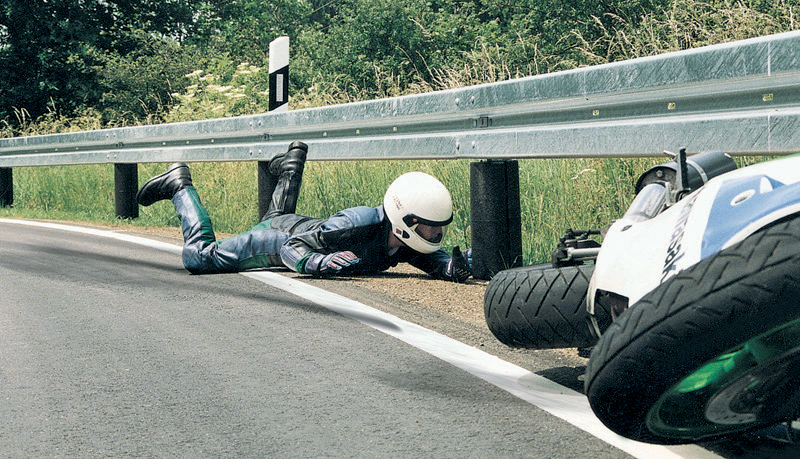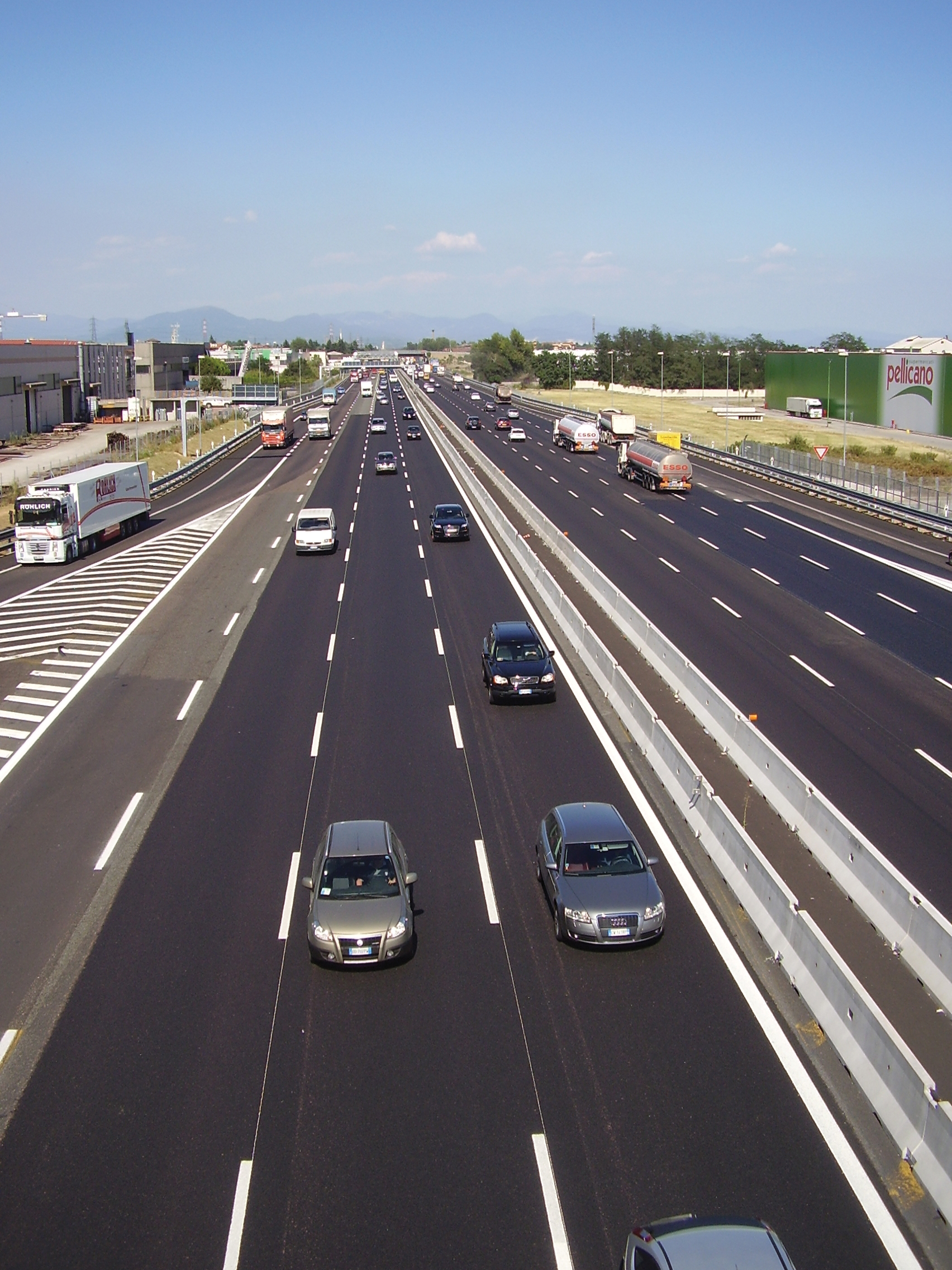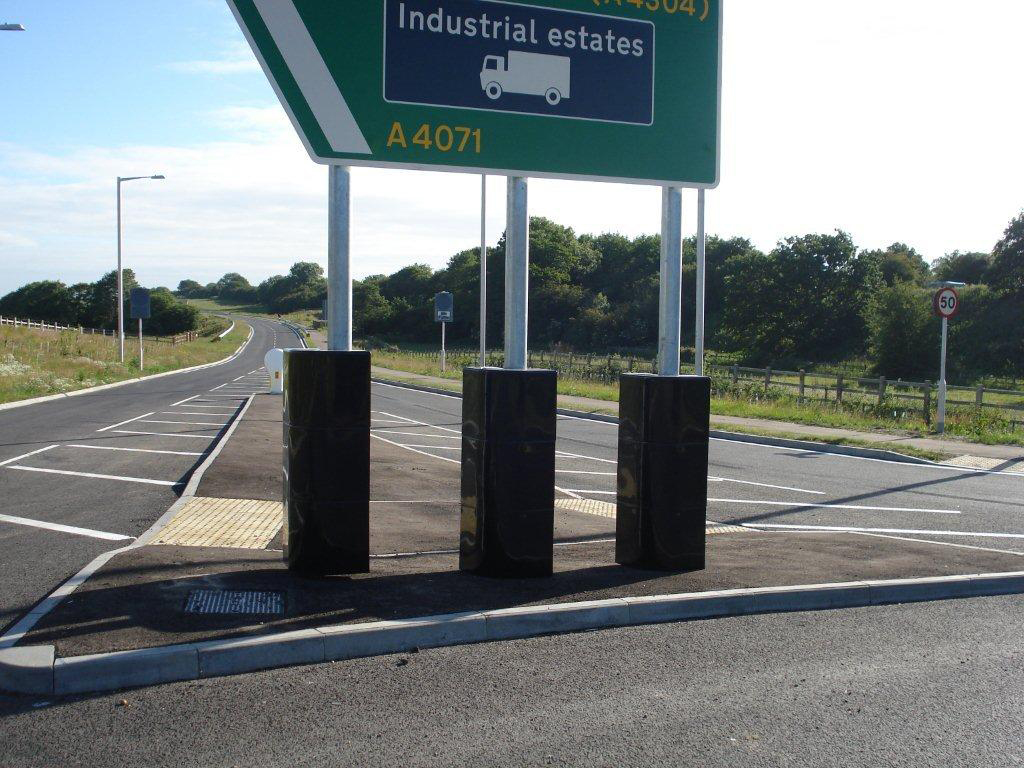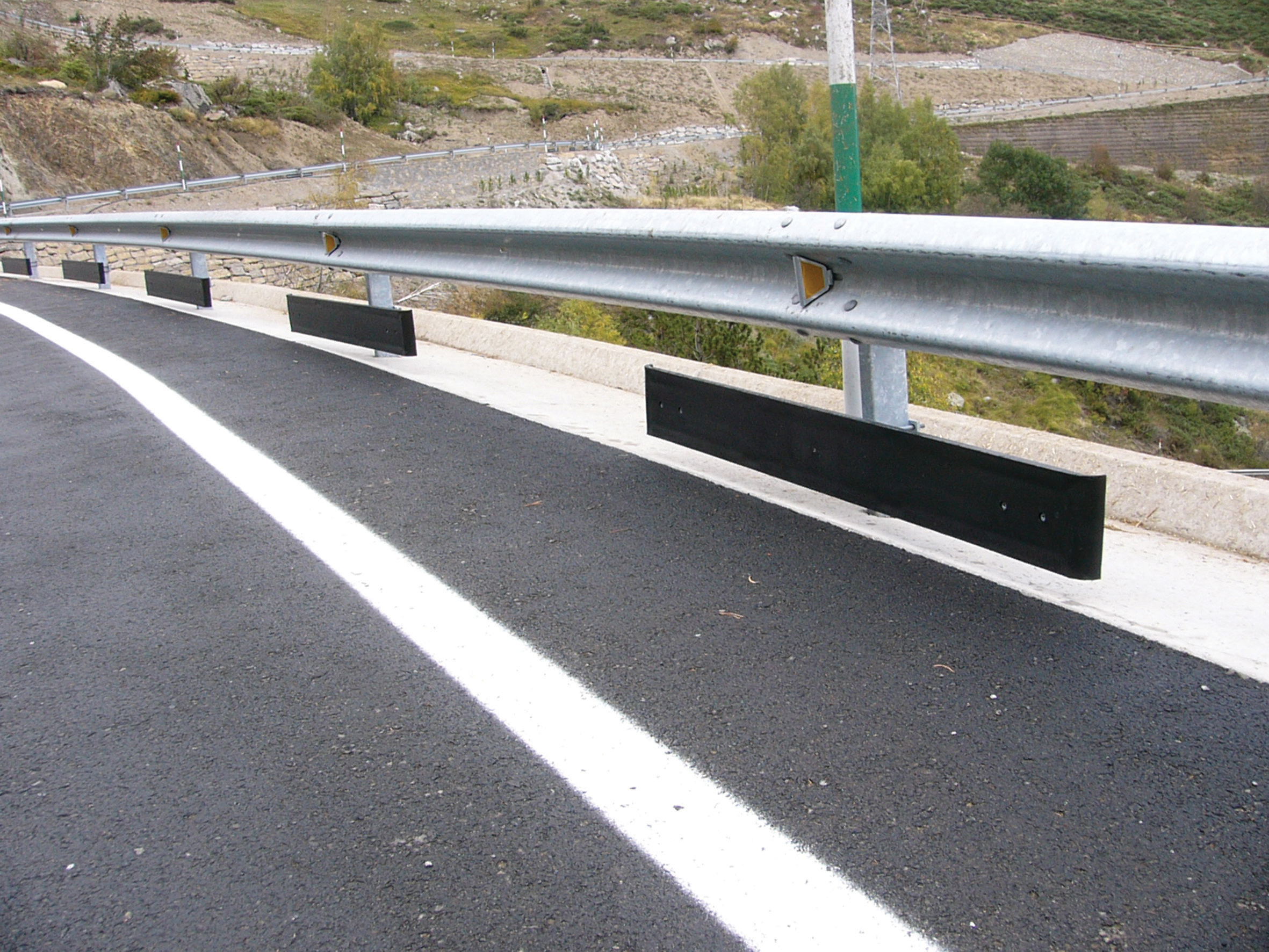
Barrier selection criteria should pay close attention to risks for stretches of road as well as regulations
Roadways need to have barriers to provide passive protection for users and to reduce the risk of injury or death in the event of a vehicle leaving the roadway. A wide array of regulations and legislation covers the design and installation of barriers on Europe’s roads. However, there are still a number of loopholes for certain types of roadside protection and further agreement is required to close these gaps. two-wheeler riders, for example, are not covered in some aspects of the existing regulations.The UNE-EN 1317:2011 rule for road restraint systems uses key parameters to evaluate the effectiveness of a barrier system in mitigating the effects of leaving the roadway for four-wheeled vehicles. It includes the Acceleration Severity Index (ASI), which assesses the severity of the impact of a person against the barrier and the Theoretical Head Impact Velocity (THIV), which was designed to assess the severity of the occupants of these vehicles in these accidents. The impact severity index depends on the values of the ASI and the THIV. It is also possible to analyse damage to the vehicle following an impact
Trials were made on a pre-cast concrete protective and evaluated to the UNE-EN 1317 requirements. Tests for this type of protective system have now been made more demanding with the results of the tests showing crash severity A, with ASI values of less than 1, and THIV lower to 33km/h, which indicates a reduced risk of injury to occupants.
The UNE 135900 legislation covers the evaluation of protective barrier and parapet systems for motorcyclists. As motorcycles and mopeds account for about 10% of the vehicle fleet in Spain it is important that protection is extended to these users. Regulations are in place to evaluate the effectiveness of protection systems and include the Head Injury Criterion (HIC), through which it is possible to evaluate a head injury (CLE) that a motorcyclist may suffer. Forces and moments can be evaluated using accelerometers and load cells installed on the mannequin for the tests.
Following the assessment of the severity of impact tests performed and analysed according to the acceptance criteria of the UNE 135900 standard, the results showed crash severity level I, the minimum covered by the regulation. This showed a reduced risk of injury caused by the collision protection system. The trials also showed that there were no cuts or serious injuries inflicted on mannequins by this system.
To reduce risk of impacts occurring against obstacles located behind the step barrier, the protective system should have to redirect the path of any impacting vehicle. In addition, the protection should be fitted so as to minimise the risk of a vehicle rolling on impact with the edge of a gutter.
Ease of installation is a key factor and also helps minimise traffic delays, which themselves can increase risks from accidents due to vehicles bunching up at pinch points. Low maintenance and maximum durability are of importance, while the capability for fast replacement of damaged components following an impact is also a key feature. Metal components should be prepared so as to minimise corrosion, with techniques such as hot dip galvanising for steel to meet UNE-EN ISO 1461. This last is of particular importance in countries with poor winter conditions where salt is to prevent the formation of ice on the roadway. Meanwhile concrete structures should be resistant to frost or sulphate attack and meet the EHE-08 standard.
With vehicles leaving the roadway accounting for a significant percentage of traffic incidents, the design of roadway protection should meet requirements. A range of solutions are available and some low cost options are very effective according to tests.
*This is an edited version of a paper in Spanish by Aquilino Molinero Martínez, Alberto Mansilla Gallo, David Pedrero Muriel, and Giorgio Munaretto
Rider protection
Motorcyclist Protection Systems (MPS) can redirect a motorcyclist sliding on the road and are usually added to road safety barriers. As well as stopping the rider (and passenger) from hitting obstacles behind the safety fence, they also stop them hitting the rigid barrier support posts. The recent approval of CEN TS (TS 1317-8) allows companies to follow common assessment rules for MPS. One of the most effective designs is a two-part steel barrier with a normal guardrail at the top and a long and continuous protective sub-rail underneath. The sub-rail stops the rider sliding under the barrier and into roadside obstacles such as trees or lighting poles, as well as decelerating the motorcyclist. According to









